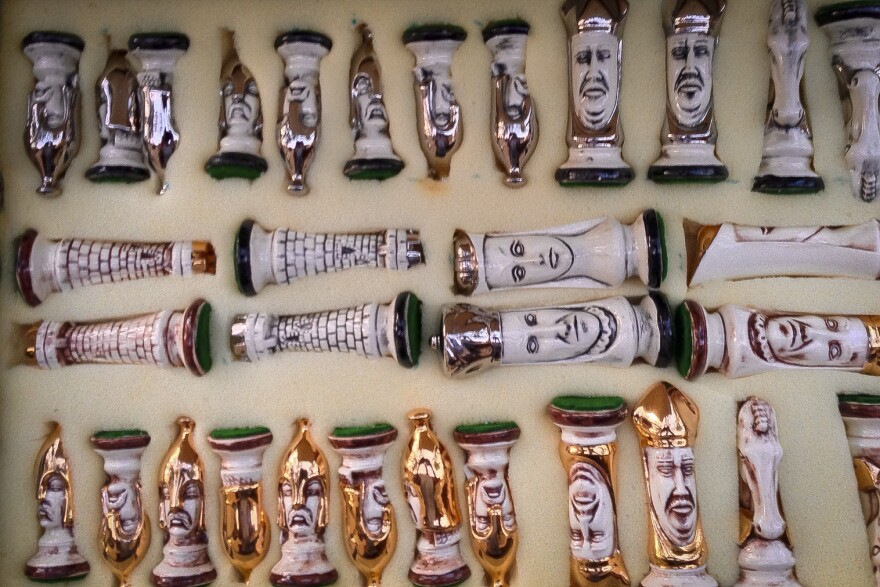My nephew Connor reminded me of an obscure chess move I doubtless once knew but forgot in the passage of time. Connor, who is 10, learned to play chess recently and took to it so well that he took first place in a recent UIL contest among several rural East Texas schools.
The move is called en passant, French for in passing. It occurs rarely, but can be an effective offensive maneuver. Here’s how it works, thanks to Connor, who provided what he called the “simple explanation.” In chess if a pawn has not yet moved, it can be moved straight ahead either one space or two spaces. After that, a pawn can only move one space at a time. Normally, a pawn — the foot soldiers of chess — can only take a piece diagonally, unlike some of the more powerful pieces on the board.
So, here’s the scenario. The game has advanced to the point that, for example, a white pawn has moved ahead three spaces. Black decides to move the pawn in the next column over two spaces, so that it is even with the white pawn. Using en passant, the white pawn slips behind the black pawn, thus capturing it.
I probably knew about this when I was Connor’s age and a serious chess nerd, but have let it slip away. Chess is a game I come back to every decade or so and resume playing. About 10 years ago, I went through a phase of playing online against hidden opponents literally scattered across the globe. I managed to rise several levels until I reached a plateau where I was regularly clobbered by somebody living in Britain or South Korea.
Now I’m back on a chess kick, playing Connor, a co-worker, and preparing to teach it to interested middle-schoolers participating in Thrive 360’s Beyond the Bell after-school program. That is my day job, helping this startup nonprofit get off the ground.
Chess spurs strategic thinking, teaches kids how to play a game that does not involve a screen, and requires patience. I have taught a few rug rats how to play chess over the years. I start with a history lesson of the game’s origins. I stress that chess is a game of war. The object is to capture your opponent’s king. There are many strategies for accomplishing this, and that is where the fascination lies.
Connor and I played again the night before Thanksgiving, on a ceramic set my late mother created. It is beautiful. No doubt the pieces were preformed, but she had to paint them and add the gold and silver patina. First time we played, Connor’s eyes widened to their limit. “That is the most beautiful chess set I have ever seen!” And it is.
I beat him twice Wednesday night. I don’t believe in letting kids win, especially at chess. What do they learn from that? That whole “give every kid a prize and tell them they are a winner” thing crawls all over me. Kids need to learn how to lose, because, whatever the endeavor, there is always, always someone better. Learning to lose gracefully is part of growing up.
Each time we play, Connor gets better. It might be 10 games from now, maybe 50, but he will eventually win. And when that occurs I will celebrate his victory because it is honestly won. I hope some of those middle-school students I teach will take to the game. Not all will. It requires a patience and concentration that seems to be rare these days. Connor has the patience. As one night I finally beat my father, so will he checkmate me.
That will be a wonderful moment.




